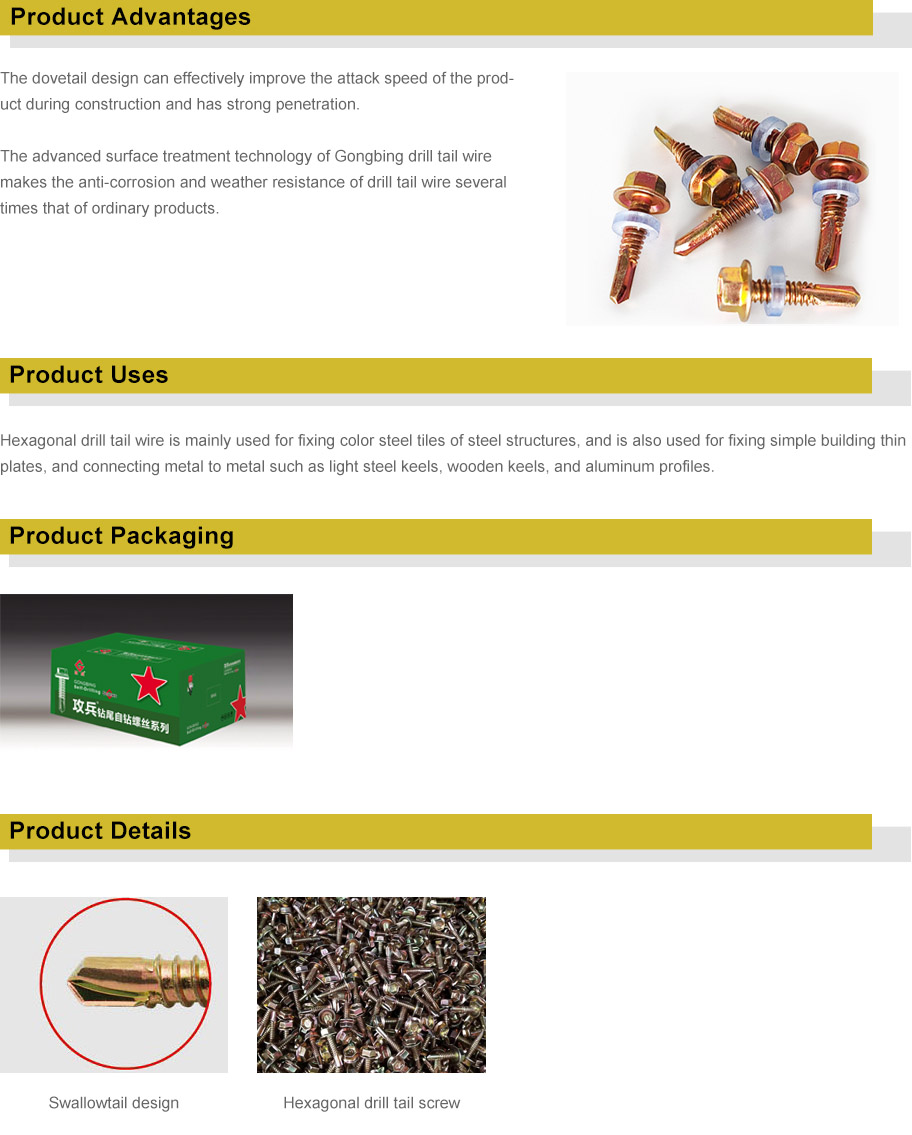Design Principles and Best Practices for Foundation Bolts in Structural Engineering Applications
Design Considerations for Foundation Bolts
Foundation bolts are critical components in the structural integrity of buildings and infrastructure. They serve as anchors to secure equipment, structural elements, and various types of machinery to their foundations. The design of these bolts must consider several key factors to ensure safety, performance, and compliance with relevant standards.
Material Selection
The first step in designing foundation bolts is selecting the appropriate material. Common materials include carbon steel, stainless steel, and alloy steel. Each material has its own unique properties related to strength, corrosion resistance, and cost. For instance, carbon steel is widely used due to its high strength and affordability, but may require galvanization or other coatings to prevent corrosion. On the other hand, stainless steel offers excellent corrosion resistance, making it a preferred choice for environments exposed to moisture or chemicals.
Load Capacity
Calculating the load capacity of foundation bolts is essential to ensure they can withstand the forces acting on them. Loads can vary significantly depending on the application, the type of structure, and environmental conditions. The design must account for static loads, dynamic loads, and any potential shock loads. Engineers often refer to the American Institute of Steel Construction (AISC) and American Concrete Institute (ACI) standards to determine the appropriate load capacities.
Bolt Dimensions and Embedding Depth
The size of the bolt is another critical design consideration. Bolt diameter and length must be selected based on the anticipated load and the concrete's compressive strength. Generally, larger diameters provide greater hold, but the embedment depth is equally important. A deeper embedment increases the bond with the concrete, improving the shear strength and overall resilience of the connection. Engineers often consult design codes to find the optimal balance between bolt size and embedment depth.
foundation bolts design

Corrosion Protection
In many applications, foundation bolts are subject to environmental conditions that can lead to corrosion. To mitigate this risk, several corrosion protection methods are employed, including galvanizing, applying protective coatings, or using corrosion-resistant materials such as stainless steel. Proper surface treatment not only prolongs the lifespan of the bolts but also ensures the reliability of the structural connections over time.
Installation Techniques
The installation of foundation bolts requires careful planning and execution. Proper alignment during installation is crucial to avoid stress concentrations that can lead to premature failure. Engineers should also consider the use of templates to ensure consistent placement and spacing of the bolts. Additionally, the curing of the concrete must be monitored to achieve the desired strength before loads are applied.
Compliance and Testing
Ensuring compliance with local building codes and industry standards is paramount in the design of foundation bolts. Regular testing and inspection during and after installation can verify that the bolts are functioning as intended. Non-destructive testing methods, such as ultrasonic testing or magnetic particle inspection, can be employed to detect any flaws in the bolts or the surrounding concrete.
In conclusion, the design of foundation bolts is a multifaceted process that requires careful consideration of material selection, load capacity, dimensions, corrosion protection, installation techniques, and compliance with standards. By adhering to best practices and engineering principles, professionals can create robust and reliable connections essential for the safety and durability of structures. Understanding these fundamental aspects of foundation bolt design helps ensure that they perform effectively in their intended applications, ultimately contributing to the overall integrity of engineering projects.
-
Weatherproof Plastic Expansion Anchors for OutdooržiniosJun.06,2025
-
Sustainability in the Supply Chain: Eco-Friendly TEK Screws ProductionžiniosJun.06,2025
-
Load-Bearing Capacity of External Insulation FixingsžiniosJun.06,2025
-
Double Head Bolts: Enhancing Efficiency in Industrial MachineryžiniosJun.06,2025
-
Corrosion Resistance in Chipboard Screws: Coatings for Wholesale DurabilityžiniosJun.06,2025
-
Butterfly Toggle Bolts : Enhancing Structural ResiliencežiniosJun.06,2025
